The pieces in this display case tell of a sensational case of forgery. A Paris porcelain merchant ordered large numbers of such Kakiemon copies from Meissen. He then sold them at a considerable profit to collectors as Japanese originals. After a while, the scam came to light. From then on, every single piece of Meissen porcelain was marked with the famous crossed swords trademark still used today.
Further Media
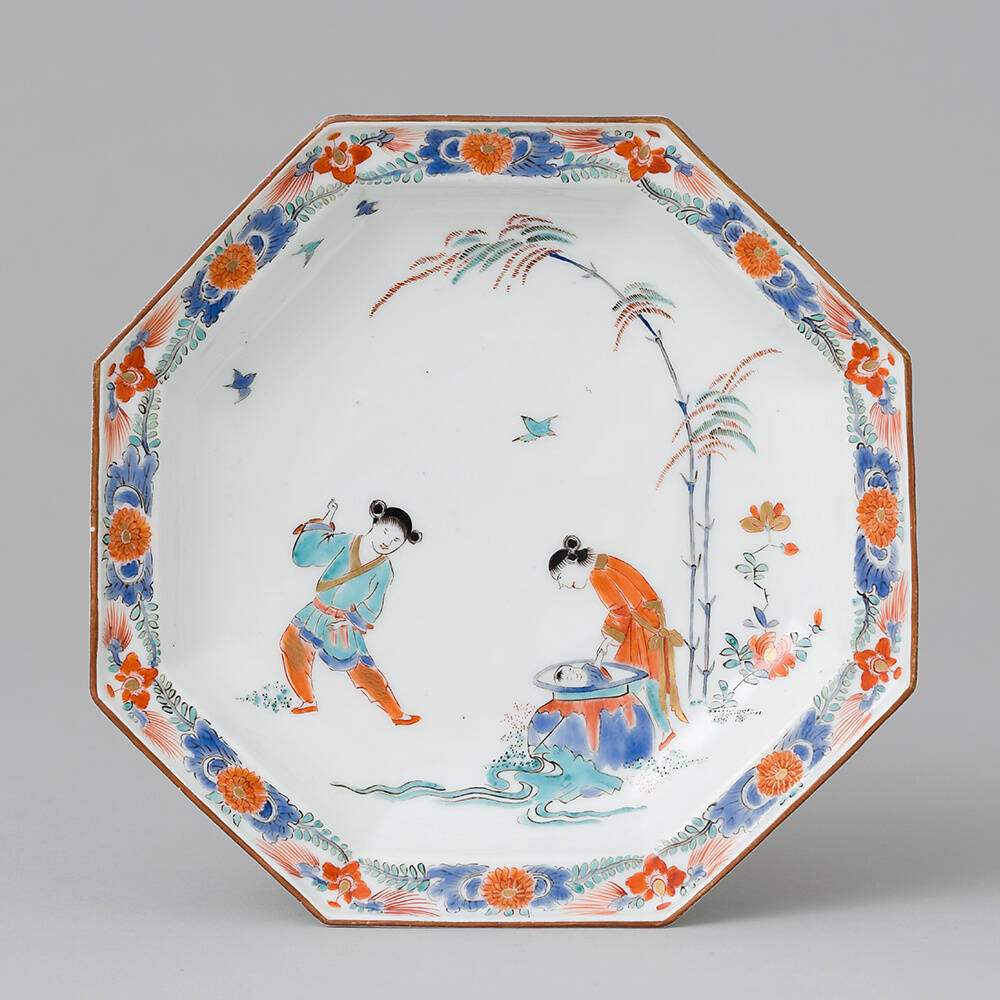
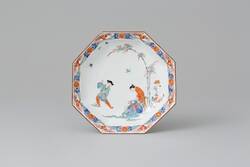
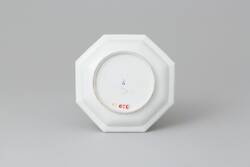
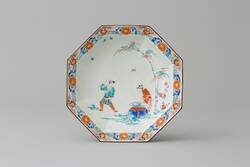
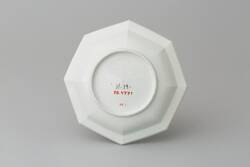
Before his scam was exposed, Lemaire had been ordering copies from Meissen over several years – and in particular, copies of Japanese Kakiemon porcelain. Lemaire’s confidence trick only worked for so long because he had a powerful accomplice in Meissen – Count von Hoym, then Saxony’s minister of the interior and the director of the Porcelain Manufactory. Hoym benefited substantially from Lemaire’s scam by keeping the most attractive copies for his own private collection before the rest were sold in Paris. Hoym and Lemaire took a fairly bravado approach to the whole affair. In the early stages, Lemaire regularly sent Japanese copies to Meissen to serve as models for copies, but he was soon complaining about the costs this incurred. So Count von Hoym simply ordered 120 East Asian originals to be taken to Meissen from Augustus the Strong’s collection in Dresden. What’s more, Hoym even had Augustus’s consent, since the Elector assumed the pieces were to be copied for his collection. When Augustus finally realised what Hoym and Lemaire were up to, he quickly commanded that all pieces leaving the Meissen manufactory had to bear a trademark – the renowned crossed swords from the coat of arms of Saxony. This mark would ensure the pieces were identifiable as produced in Saxony. Totally unfazed by these measures, Hoym and Lemaire found a suitable workaround. They also had the copies for the French merchants marked with the Meissen crossed swords – but while Augustus ordered the mark to be placed under the glaze, they had their copies marked over the glaze. In this way, these confidence tricksters could later rub off or scratch away the mark with a diamond. Even today, some copies still bear scratch marks where the genuine crossed swords mark would have been placed.
- Location & Dating
- Meissen, 1729-1731
- Material & Technique
- Porcelain, painting: overglaze colours and gold
- Dimenions
- H. 3,9 cm, B. 18,5 cm, T. 18,0 cm, D. Fuß: 11,2 cm
- Museum
- Porzellansammlung
- Inventory number
- PE 620